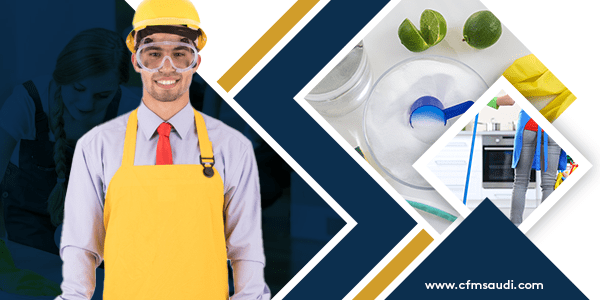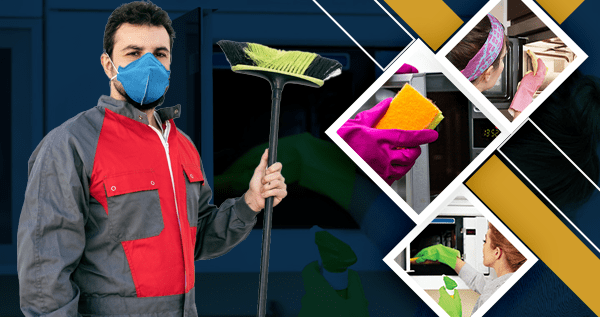How to Clean and Disinfect Children’s Toys
Children love their toys, and playing with them is an essential part of their development. However, with all the drooling, spilling, and general messiness that accompanies playtime, it’s crucial to keep these toys clean and free from harmful bacteria and germs. Regular cleaning and disinfecting not only ensure a hygienic environment for your child but also extend the lifespan of their beloved toys. In this article, we will guide you through the process of effectively cleaning and disinfecting children’s toys.
The Importance of Cleaning and Disinfecting Children’s Toys
As parents and caregivers, we understand the significance of providing a safe and healthy environment for our children. Cleaning and disinfecting their toys play a vital role in achieving this goal. Here are a few reasons why it is essential to regularly clean and disinfect children’s toys:
- Preventing Illness: Children often put toys in their mouths, increasing the risk of ingesting harmful bacteria and germs. Regular cleaning and disinfecting can significantly reduce the chances of your child falling ill.
- Extending Lifespan: Toys that are not cleaned regularly may accumulate dirt, stains, and grime, which can damage their appearance and structural integrity. Proper cleaning and disinfecting can help extend the lifespan of toys, ultimately saving you money.
- Promoting Good Hygiene Habits: By teaching children the importance of cleanliness from an early age, you are instilling in them essential habits that they will carry throughout their lives.
General Toy Cleaning Guidelines
Before diving into specific cleaning methods, it’s essential to establish some general guidelines for cleaning children’s toys:
- Read the Manufacturer’s Instructions: Always check the manufacturer’s recommendations for cleaning and disinfecting the specific type of toy you have.
- Use Non-Toxic Cleaners: Look for cleaners that are safe for children and do not contain any toxic substances or harsh chemicals.
- Inspect for Damage: Before cleaning, inspect the toys for any damage or loose parts that could pose a hazard to your child. Repair or discard damaged toys accordingly.
- Separate Toys by Material: Group toys based on their material type, as different materials may require different cleaning techniques.
Cleaning Stuffed Animals and Fabric Toys
Stuffed animals and fabric toys can be a breeding ground for dust mites and allergy triggers. Here’s how to clean and disinfect them:
- Spot Clean: Start by spot cleaning any visible stains using a mild detergent or a mixture of water and vinegar. Gently scrub the affected area using a soft cloth or sponge.
- Machine Wash: If the toy is machine washable, place it in a laundry bag or pillowcase to prevent damage. Use a gentle cycle with cold water and a mild detergent. Avoid using bleach or fabric softeners.
- Drying: Air-dry the toy by hanging it or placing it on a clean towel. Avoid using a dryer unless indicated by the manufacturer.
- Disinfecting: After the toy is clean and dry, disinfect it by misting a non-toxic disinfectant spray or wipe that is safe for fabric toys. Ensure all surfaces are covered, including hidden areas.
Cleaning Plastic Toys
Plastic toys are popular among children due to their durability and versatility. Here’s how to effectively clean and disinfect plastic toys:
- Pre-Cleaning: Remove any visible dirt, debris, or food particles by wiping the toys with a damp cloth or sponge.
- Wash with Soapy Water: Prepare a mixture of warm water and mild dish soap. Immerse the toys in the soapy water and use a sponge or brush to scrub them thoroughly. Pay extra attention to crevices and hard-to-reach areas.
- Rinse: Rinse the toys with clean water to remove any soapy residue.
- Disinfecting: To disinfect the plastic toys, prepare a solution of 1 part vinegar to 1 part water. Apply the solution to the toys using a spray bottle or a clean cloth. Allow the solution to sit for a few minutes, then wipe it off with a damp cloth.
- Drying: Leave the toys to air dry completely before allowing children to play with them.
Cleaning Wooden Toys
Wooden toys have a classic charm and are often passed down through generations. To keep them in top condition, follow these cleaning and disinfecting steps:
- Remove Dust: Start by removing dust from the toy’s surface using a soft-bristle brush or a microfiber cloth.
- Wipe with Mild Soap: Dampen a cloth with a mixture of warm water and mild soap. Gently wipe the toy with the damp cloth, ensuring not to soak the wood.
- Rinse: Rinse the toy with clean water to remove any soap residue.
- Drying: Use a clean towel to dry the toy thoroughly. Avoid exposing wooden toys to direct sunlight or excessive heat.
- Disinfecting: To disinfect wooden toys, you can use a mixture of white vinegar and water. Apply the solution using a spray bottle or a clean cloth. Allow it to sit for a few minutes, then wipe it off using a damp cloth.
Conclusion
Regular cleaning and disinfecting children’s toys are crucial for maintaining a safe and healthy environment for your child. By following the guidelines and methods mentioned in this article, you can ensure that your children’s toys are free from harmful bacteria, germs, and allergens. If you ever need professional assistance with cleaning and disinfecting children’s toys or any other cleaning services, Crystal Facilities Management is here to help. Our experienced team is dedicated to providing top-notch cleaning services to meet your specific needs.














